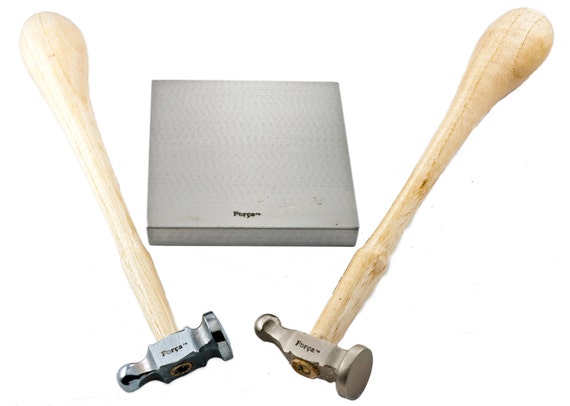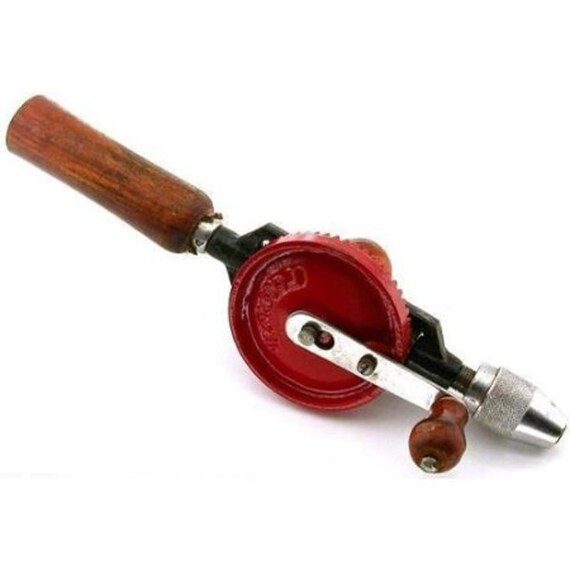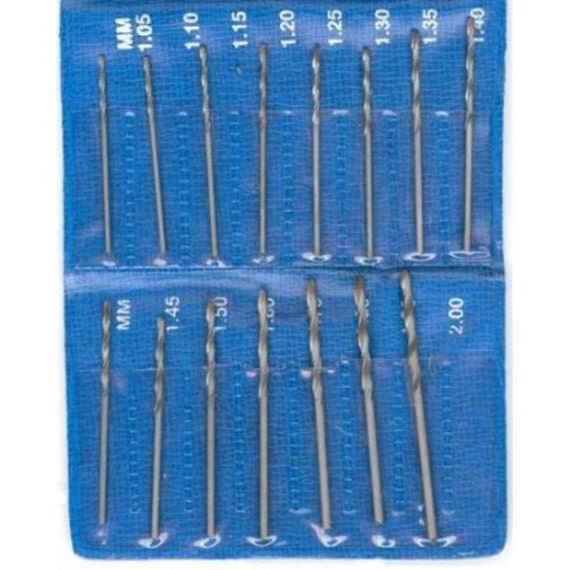Jewelry Making Pliers Types and Uses
• Jewelry
Pliers come in a variety of different shapes and sizes in according to the purposes
that is needed . Each type of pliers has been designed to accomplish a
different and specific function in jewelry-making to work on metals; and other
pliers are specifically for handmade beading jewelry
• There
are also many methods of manufacturing pliers, including different forms,
constructions, metal compositions and ways to join them.
• The
following is a check list of things to consider to help you decide how to
invest your money and get the best jewelry pliers, engineered for precision
which offer you the ultimate experience in comfort.
Easy to control and safe to use.
• The kind of quality tools that you are looking for Incrementing
your productivity as well as the quality of your finished jewelry with Proven results you will love and as a
Plus an Unsurpassed Guarantee to Save you Money.!
• All Jewelry Pliers are not the same!!
It is very important when purchasing your pliers that you understand exactly
what you are buying.
• Quality: The first and most important thing to consider is
quality. The quality and type of construction of the pliers will greatly affect
the usage and longevity of them. Let’s go over the basic differences since
THERE ARE PLIERS…AND THERE ARE PLIERS!
• There are two types of construction – Cast and Drop Forged.
• What is the difference? Cast means that a mold is used and
the molten steel is poured into this mold.
• Since this type of tool is not tempered or work hardened, not only
does it tend to be brittle, but with hard usage they tend to bend and break.
(This can especially be seen in the tips of the jaws of the Round Nose pliers
when you make loops.)
• This will not happen with a Drop forged constructed pliers. Why? Because
drop forged pliers are not only compressed – and under great pressure, but also the
metal is both tempered and hardened – to give you the strength, durability and
longevity you need.
• There are also different types of steel used for making pliers;
stainless steel, hardened tool steel, and high carbon with chrome and vanadium
alloy steel. Stainless steel is the cheapest and is a good basic metal that
requires little maintenance and is rust resistant, and will do for occasional
usage. However, if you plan to use them a lot or for a long period of time,
hardened tool steel is much better. It is far more durable, lasts longer, and
requires very little maintenance even under very heavy usage. The high carbon chrome
and vanadium alloy steel could be considered for very heavy usage since it is
very durable.
Note: Tools made of Stainless Steel as the word suggests have NO STAINS
or RUST in the STEEL but as illustrated in the pictures above some tools
advertised as "Stainless Steel" really are not, but are made of a
lower quality of Steel - but not STAINLESS.!
•Now
let us go over the other important part of pliers construction – the joints.
There are two types of construction – lap joint and box joint.
• Lap joint is not as reliable as the box joint but and the more common of the two. In this type of joint, the two
sides overlap each other and are joined in the center where they cross by a
rivet. This rivet can sometimes be seen if you look at the pliers and see a
round circle in the steel. The problem with this lap joint is that over time
and usage this rivet loosens and the faces and edges can move around slightly
. This looseness and will get worse with time and more usage. This will
make the pliers loose and unreliable, and not give you your desired result except if they are riveted and hardened during the forging manufacture which almost use as standard in quality jewelry pliers for wrapping wire, bail making pliers, wrap and tap pliers, etc.
• The box joint construction, on the other hand, though more expensive and
more difficult to make, is far superior. In the box joint construction one side
of the tool passes through the other, not over or under and this means that
there are 4 faces in contact with each other not 2 as in the lap joint
construction. The rivet is fitted when the pliers are forged , hidden and there
Is far less, if any at all, looseness or movement, making them more accurate.
Also the alignment and precision is maintained for the life of the tool. This
results in pliers that will give you exceptional performance and last much
longer.
As we see in the picture above Pliers
constructed used the Lap joint and Box Joint construction.
•
The fit and finish of the pliers is also important since it affects not only
the quality and overall appearance of the plies, but the end result of the
quality and appearance of your work. The pliers should have a smooth finish and
be highly polished.
• Why? If there are minor defect in the fit or finish of the working
areas of the jaws it could leave visible marks on your work which you would
have to polish out yourself.
• Now let’s talk about the handles. Long or short? First they have to be
comfortable for the size of your hand. A longer handle will provide you
with greater leverage. This means you can grip things with less effort and they
are more comfortable. Pliers which have cushioned or ergonomics anti-slip grips
are more comfortable to fit and usage.
• The springs also affect the strength and ease of use of the pliers.
Jewelry pliers which have special double leaf springs are more easy to use and
avoid hand fatigue.
We have gone over what you need to know about the construction of pliers and the
importance of quality construction. They are an investment which should last
and give you excellent performance.
•
Now let’s go over exactly what type of pliers you should use. There are so many
types of pliers and cutters. There are many types of pliers and we will talk
about some of the most commonly used ones based on form and function. The form
is what defines the shape of the jaws. For example the three most common are
flat nose, chain nose and round nose.
•
Flat Nose Pliers have two wide flat surfaced jaws. They are used to hold and
manipulate wire or sheet, flattening metal and form, as well as making angled
bends and holding small beads , holding bezel wire during filing, and opening
and closing jump rings.
•
Round Nose Pliers have two long round tapering conical jaws from pivot to tip.
They are used to form loops and bend tight curves loops and coils. They bend
wire for jump rings, chain making, filigree work, and wire wrapping. Since both
jaws have a round cross-section tapering to a fine point at the tips, they are
ideal for getting into tight areas.
•
Chain Nose Pliers are flat where the jaws meet and taper done from the pivot to
the tip. These rounded pointed ends are ideal for chain making, chain maille techniques and opening or closing jump
rings, grabbing small items, flattening or closing crimps and bending wire and
holding small beads.
•
Bent Nose Pliers are especially useful for tucking in wire ends in beads. The
cross section and taper is the same as chain nose pliers, but the jaws bend to
one side. These bent jaws provide better access to tight areas.
•
Flat and Half Round Nose Pliers are suitable for bending ring shank stock and
for making large diameter loops since the half round jaw has a gentle curve.
The upper jaw is rectangular and therefore not likely to dent the material you
are bending.
•
Round and Flat Nose Pliers have a lower jaw like a round nose pliers and an
upper jaw like a flat nosed pliers. They are forming pliers and used for making
small loops and jump rings and for bending tight curves in sheet stock
•
Concave and Convex Nose Pliers These
type of forming pliers feature a Concave or hollowed inward jaw and an opposite
jaw with a Convex or Rounded shape whose curves match with precise accuracy for
bending gentle curves in wire and sheet.
•
Concave and Round Nose Pliers are similar to the concave and convex pliers but
since the tapered lower jaw provides a range of diameters for wrapping sheet
and wire, they are even more useful for making smaller diameter jump rings and
loops.
•
Needle Nose or Bead Knotting Pliers have
a precise finely tapered nose point to use for bead knotting, weaving, or
holding small particles, threads, wires etc.
•
Jewellery Ring and Loop closing Pliers have jaws that are hollowed out with a
smooth finish and are specifically designed to close rings, loops, jump rings,
bows, bracelet links, charm links etc. without marring or twisting your wire.
•
Crimping Pliers are used for holding flat surfaces whilst working with the wire
and are good for use with jump rings and for flattening out wires.
•
Cutters are pliers specifically designed to cut wire or sheet metal whereas
other pliers are designed to hold and form metal. For pliers the type is
defined by the nose shape but for cutters it is the jaw length.
•
Cutters with tungsten carbide bevel cutters which can be used for both soft and
hard wire. They may require more cutting force , leave a little pinch (or V
shape), and are very durable.
•
Diagonal Cutters are used for cutting wire or small pieces of metal sheet or stock.
The tapered ends can get into very tight areas. These are the most commonly
used cutters.
• Top End Cutters are better suited to cut protruding wire ends than
diagonal cutters since their cutting edges are set at right angles, providing
easier access to tight areas.
• Oblique End Cutters are similar in
design to end cutters but their jaws are slightly offset to one side, providing
increased clearance.
• Sprue cutters are specifically designed for cutting casting sprues and
are also useful for cutting hard materials and thick stock. The compound joint
and spring action gives maximum leverage with minimum effort.
• Cutters are given a rating called their “maximum cutting capacity”
which is measured from the pivot point to the center of the cutting edge.
• The cutting capacity is measured in wire gauge thickness. The “Brown
and Sharpe” gauge measures the standard thickness of wire which ranges from 0
gauge, 0.325” ~ 8.26mm.(very thick) to 34 gauge, .0063” ~ .1600mm. (very thin).
•
Parallel Pliers have compound-action handles coupled to the
jaws with a rectangular cross section for precise alignment that remains
parallel along the entire length of the jaws throughout their range of movement
, a difference that from other pliers, which
open in a "V" shape, that only apply pressure over the tips of the
pliers. There are a quite variety of
Parallel action pliers: Flat nose pliers are equipped with smooth or serrated
surface, Chain or Snipe nose pliers also
with locking system to hold, saw and file tiny pieces of metal, Round nose as
well as Round and Flat nose pliers, Flat and Half Round nose pliers , Concave
and Convex nose pliers or Parallel action pliers with Brass or Nylon jaws to
avoid marring or scratching your metal.
•
Flat Nose Pliers, Round Nose Pliers, and Round and Flat Nose pliers also come with nylon jaws to
prevent any marring to the wire or sheet metals.
We show here some of the features of these Jewelry Parallel Action Flat Nose Pliers, you can saw, pierce and file any tiny pieces of metal without any hassle....These Parallel Locking Pliers are a Must Tool.! for any beginner or professional jeweler. This tool make your work more easy and safe to fulfill your creativity.
















.jpg)
.jpg)


.jpg)
.jpg)
.jpg)

.jpg)
.jpg)


.jpg)




